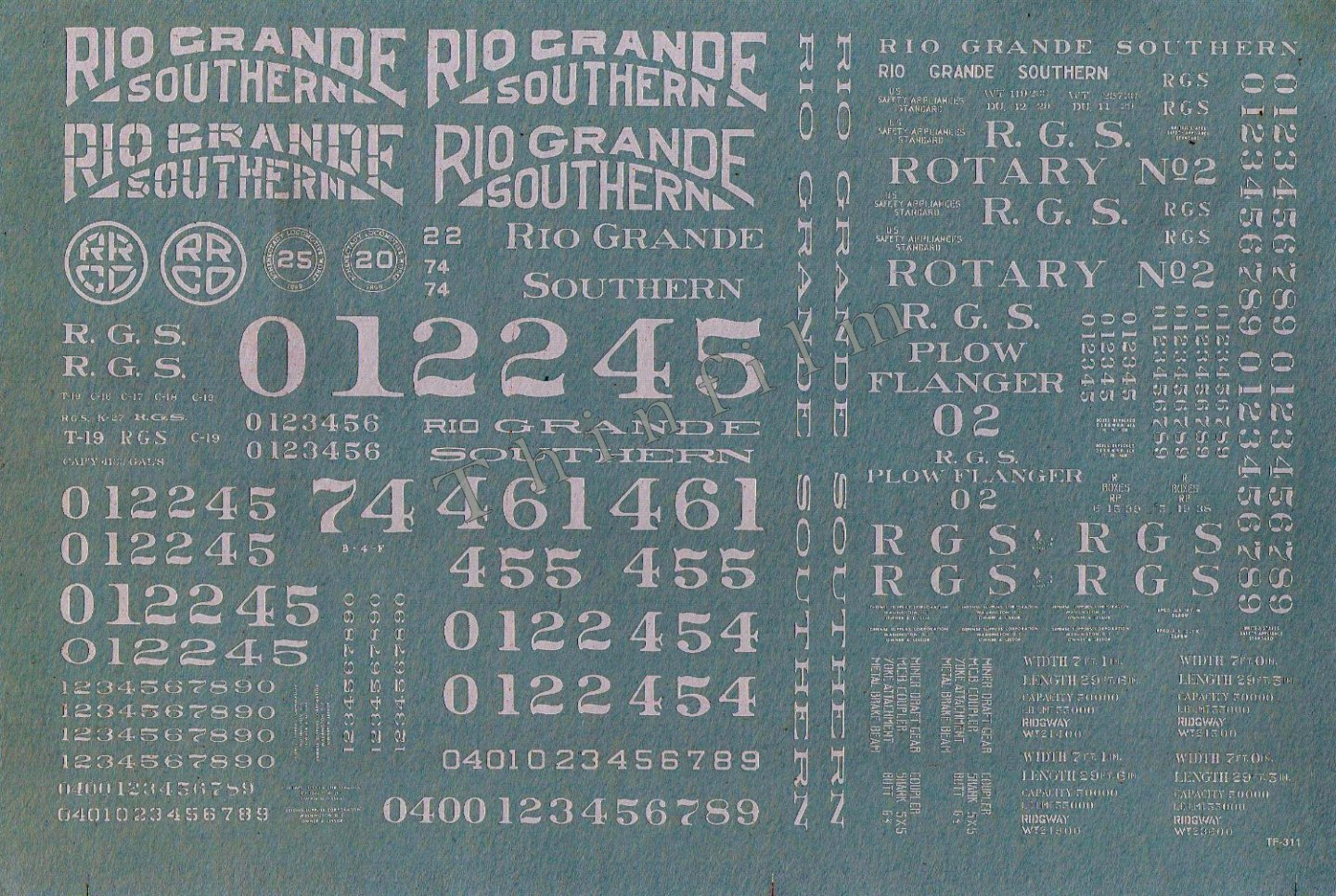-
Posts
3,550 -
Joined
-
Last visited
Content Type
Profiles
Forums
Gallery
Events
Everything posted by yvesvidal
-

Shadow box for model railroad - FINISHED
yvesvidal replied to kgstakes's topic in Non-ship/categorised builds
Lovely layout. Yves -
Stain first. Wipe on Poly will create a plastic film on top of the wood. It may work both ways, but I would stain first. Best, is to try on scrap woods. Yves
- 51 replies
-
- Model Shipways
- Baltimore Clipper
-
(and 1 more)
Tagged with:
-
After decaling, it was time to move on with the tender. The box to contain the coal is built with the woods and anchors provided in the kit: The wood is stained to mimic the presence of coal. For the coals, I am using real coal from Reading, crushed at the scale of 1/48th. I usually put some on top of my O scale steam engines, to finish the tenders. This is the real stuff, gathered on the leftovers of the coaling towers of READING. The coal is delicately installed and glued with water diluted PVA glue. And this is where we stand as of today. The tank is not yet glued to the tender chassis: Hope you enjoy that little model. Yves
-
Here comes the dreaded moments (for me): the painting and the decals. The decals are from the early 70's and nothing has been updated or recreated since then: I got in touch with Keith Wiseman, the current manufacturer of that kit (my kit is probably older since it is the original Durango Press) and he sent me some replacement decals. However, he indicated that they are all from the early 70's and as a result they disintegrate as soon as you place them in the water. We are talking of 50 years old decals.... I tried the technique in which you spray matte clear coat on top as an attempt to keep all the pieces together, but I was not very happy with the results. It makes the thickness of the decals too obvious and I ended up sanding everything and re-painting. I decided to go with Dry Transfers that I love. If you have never tried that, it is wonderful and I have used them on a lot of projects. Woodland scenics has a whole series related to railroading and I went with them for the R.G.S. logo. K4, a new comer in the world or Railroad decals, produces a MoW sheet (Maintenance of the Way) that has some "rotary" examples: K4 is very inexpensive (I got 4 sheets for $15, including shipping) whereas Woodland Scenics is overpriced ($19 for one sheet, including shipping). By combining these two sets, I was able to come up with something that looks prototypical: You can clearly see the crispness of the transfers which do not have the film, around the letters. Not shown on that picture, I used a sharp blade and cut decals and transfers, following the wood planks for added realism. It was relatively expensive to decals that tender and snowplow and Keith Wiseman indicated to me, but a little bit too late, that Thinfilm Decals has these decals ready to go, for On3 rotary snowplow operated by the Rio Grande Southern. Oh well too late.... I did not have the heart to sand everything and repaint a third time. Yves
-

Bugatti Type 35B by CDW - FINISHED - Italeri - 1:12 Scale
yvesvidal replied to CDW's topic in Non-ship/categorised builds
Craig, you need to fabricate some 1/12th scale sawhorses to present your beautiful model. Resting that body on three paint jars is not serious :-) Yves -
So, the Bismarck had an aluminum top which was not painted? That is something I did not know and which is rarely recreated on models. Fantastic work Madtatt. Yves
-
I like the second hull much better. This is going to be a little jewel at the 1/48th scale. Yves
- 128 replies
-
- zulu
- sternwheeler
-
(and 1 more)
Tagged with:
-
Ras, This sternwheeler is incredible of originality. The location of the boiler at the bow is quite incredible. This is a model that may be worth representing on the water (diorama), to show the shallow draft in a more dramatic way. I will be definitely following your progress on this unusual duck. Yves
- 128 replies
-
- zulu
- sternwheeler
-
(and 1 more)
Tagged with:
-
Something I learnt from the experts in this forum, is to not use CA glue on the ropes, but diluted PVA glue instead. It will retain exactly the shape that you gave the ropes and will keep the soft and realistic look of the ropes. Try it, you will be surprised how well it works. Yves
- 166 replies
-
- Maine
- BlueJacket Shipcrafters
-
(and 1 more)
Tagged with:
-
Finally done with the gunport lids.... All lined up and ready. And in place.... And a view from the galleries..... Next are the anchors, lamps, chimney and a few details. Yves
-

Shadow box for model railroad - FINISHED
yvesvidal replied to kgstakes's topic in Non-ship/categorised builds
Very nice switching layout. Yves -

rolltop desk by kgstakes - FINISHED - 1/4 scale
yvesvidal replied to kgstakes's topic in Non-ship/categorised builds
Sorry for asking you that silly question. I was misled by the assembly sheets that you showed at the beginning. You definitively have some incredible skills with working wood. Yves -

rolltop desk by kgstakes - FINISHED - 1/4 scale
yvesvidal replied to kgstakes's topic in Non-ship/categorised builds
Which company produces this kit? Your work is beautiful and very precise. Yves -
Fantastic work. I happen to also have that kit with the Pontos set that you are using and I am curious to see how you will use it. So far, it is a wonderful work and I like that you selected the Baltic camouflage version. By far the best. Yves
-

Bugatti Type 35B by CDW - FINISHED - Italeri - 1:12 Scale
yvesvidal replied to CDW's topic in Non-ship/categorised builds
Beautiful dashboard. Yves -

Bugatti Type 35B by CDW - FINISHED - Italeri - 1:12 Scale
yvesvidal replied to CDW's topic in Non-ship/categorised builds
Is that a real piece of wood, that you placed at the bottom of the cockpit? Yves -
Craig, yes you are absolutely right: very difficult model, involving all kinds of disciplines that I do not master very well (soldering, wood gluing, plastic gluing, metal gluing.....) and most importantly the lack of assembly instructions. It is all text and you have to decipher and find the parts you need among a large amount of small wood pieces and cast white metal parts. For instance, the pieces of wood are indicated in inches and feet !!! You have to divide by 48 or use a special O gauge ruler to find out what they are talking about. Basically, it is like building the real stuff.... Definitely a very advanced kit. At last, assembly of the two sides is now completed. These will have to be painted and decaled before being glued to the main frame. I am now working on the rear bulkhead. Yves
-

Bugatti Type 35B by CDW - FINISHED - Italeri - 1:12 Scale
yvesvidal replied to CDW's topic in Non-ship/categorised builds
Craig, that is so interesting. I had never realized that the panels were attached together, using these pins and wire technique. Detailing that aspect, would make your model quite unique. Yves
About us
Modelshipworld - Advancing Ship Modeling through Research
SSL Secured
Your security is important for us so this Website is SSL-Secured
NRG Mailing Address
Nautical Research Guild
237 South Lincoln Street
Westmont IL, 60559-1917
Model Ship World ® and the MSW logo are Registered Trademarks, and belong to the Nautical Research Guild (United States Patent and Trademark Office: No. 6,929,264 & No. 6,929,274, registered Dec. 20, 2022)
Helpful Links
About the NRG
If you enjoy building ship models that are historically accurate as well as beautiful, then The Nautical Research Guild (NRG) is just right for you.
The Guild is a non-profit educational organization whose mission is to “Advance Ship Modeling Through Research”. We provide support to our members in their efforts to raise the quality of their model ships.
The Nautical Research Guild has published our world-renowned quarterly magazine, The Nautical Research Journal, since 1955. The pages of the Journal are full of articles by accomplished ship modelers who show you how they create those exquisite details on their models, and by maritime historians who show you the correct details to build. The Journal is available in both print and digital editions. Go to the NRG web site (www.thenrg.org) to download a complimentary digital copy of the Journal. The NRG also publishes plan sets, books and compilations of back issues of the Journal and the former Ships in Scale and Model Ship Builder magazines.






